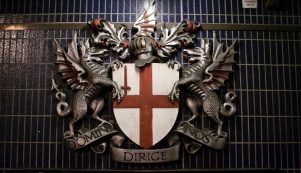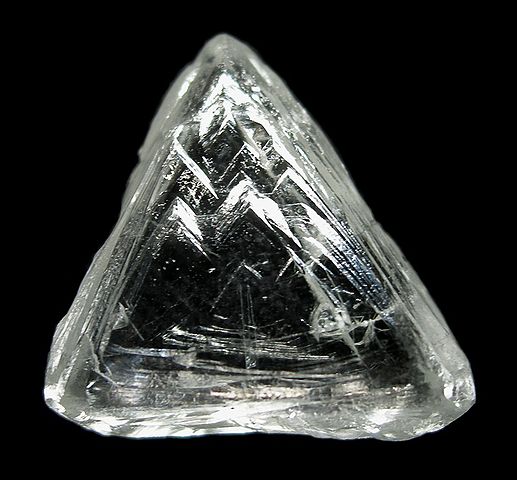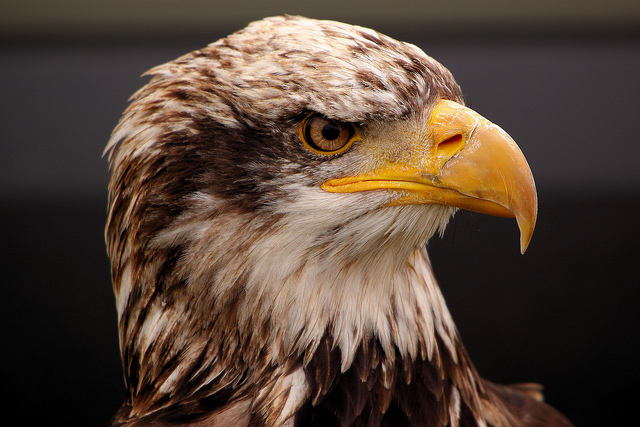Heraldic Symbols of Famous Cities
Article By Istvan Orban
 Heraldry, nowadays an auxiliary science of history, was once connected to armoury and the art of war. The name derives from the heralds, the officers of arms, who were originally messengers of the monarchs (ancestors of the modern diplomats), as well as the organizers of tournaments. This title still exists, even today. Heralds also have major roles in the coronation ceremonies. They used to be responsible for creating, registering and maintaining heraldic symbols and rules. Chrétien de Troyes, the French poet who compiled Arthurian stories, also mentioned the heralds, who took an active part in tournaments, where they recognized the shields, advising the knights what they should wear, or what coat of arms they could use. The art of the heralds was kept secret and their knowledge and titles were often handed on to their children. The heralds did not have weapons, their function was intermediate and representative.
Heraldry, nowadays an auxiliary science of history, was once connected to armoury and the art of war. The name derives from the heralds, the officers of arms, who were originally messengers of the monarchs (ancestors of the modern diplomats), as well as the organizers of tournaments. This title still exists, even today. Heralds also have major roles in the coronation ceremonies. They used to be responsible for creating, registering and maintaining heraldic symbols and rules. Chrétien de Troyes, the French poet who compiled Arthurian stories, also mentioned the heralds, who took an active part in tournaments, where they recognized the shields, advising the knights what they should wear, or what coat of arms they could use. The art of the heralds was kept secret and their knowledge and titles were often handed on to their children. The heralds did not have weapons, their function was intermediate and representative.
Although there were thousands of symbols that represented an individual or a group of people in antiquity, modern heraldry developed in the Middle Ages. One of the first preserved records is from the Bayeux tapestry, representing the Norman invasion of England in 1066. It shows various types of shapes of shields; some of them are plain, while others are decorated with heraldic figures, such as dragons or crosses. From the time of the Norman conquest in England, all official documents had to be sealed, and seals had a heraldic character.
Not only kings and noblemen had their own heraldic symbols, but communities and cities too. These heraldic achievements consist of a shield or coat of arms that is supported by a crest and helmet or crown on the top, supporters on the sides, and a compartment at the base. Below the coat of arms, a motto or slogan is often depicted. The heraldic symbols could use a limited amount of colours, called tinctures, also the shapes and patterns should be in order, as all of them have a distinctive meaning.
Venice in North East Italy was built on dozens of islands and once had a major role in the trade of Europe. The settlement was inhabited in Roman times, but it took on a leadership role later, in the Middle Ages, and had become a powerful maritime empire by the 12th century. In its peak period, from the 13th till the 15th century, it ruled the Adriatic Sea, and because of its strategic position, the commerce of half of Europe. The heraldic symbol of this port city depicted a winged lion that holds a book with the following text: ‘Pax Tibi Marce Evangelista Meus’. The meaning of the text is ‘Peace be with thee, O Mark, my evangelist’, referring to Mark, the evangelist, who is patron of the city. The lion is associated with Mark, and the colours, the red and gold that were used in the flag of the city, were the colours of the Byzantine Empire, the previous rulers of the region.
The City of London, which is the financial capital of the United Kingdom and a district of London, has a famous blazon too. The arms consist of a silver shield with a red cross and a red upright sword in the first quarter, representing the saints of England and London, as the cross refers to St. George, often depicted as a crusader knight. There are also two dragons as supporters on the sides, decorated by crosses on the undersides of their wings. The crest is a dragon’s wing bearing the cross of St. George, borne upon a peer’s helmet. The dragons are closely connected to the legend of St. George and the Dragon. The motto on the bottom proclaims ‘Domine dirige nos’, which means ‘Lord, guide us’.
Paris’s blazon shows a silver ship sailing in the sea on a red field. The chief is blue decorated with golden Bourbon lily, the Royal emblem. At the top, a castle that looks like a crown. The motto of the city is in Latin: ‘Fluctuat nec mergitur’, which means: ‘Tossed by the waves, but does not sink.’
Madrid’s coat of arms goes back to the Middle Ages. In it, the shield is argent and in the middle, a black bear supported on a strawberry tree. There are sevens stars around this image, in a blue frame. On the top, a golden open royal crown can be seen with precious stones. The bear represents the militias of the council, and the control of timber. At that time, in Madrid and around the city, there were forests. The crown is also used for territorial and municipal arms.
Image Credits: By Ramón Cutanda López | Wikimedia Commons | CC BY-SA 2.0
The entity posting this article assumes the responsibility that images used in this article have the requisite permissionsImage References
By Ramón Cutanda López | Wikimedia Commons | CC BY-SA 2.0
Permissions required for the publishing of this article have been obtained




What do you think?